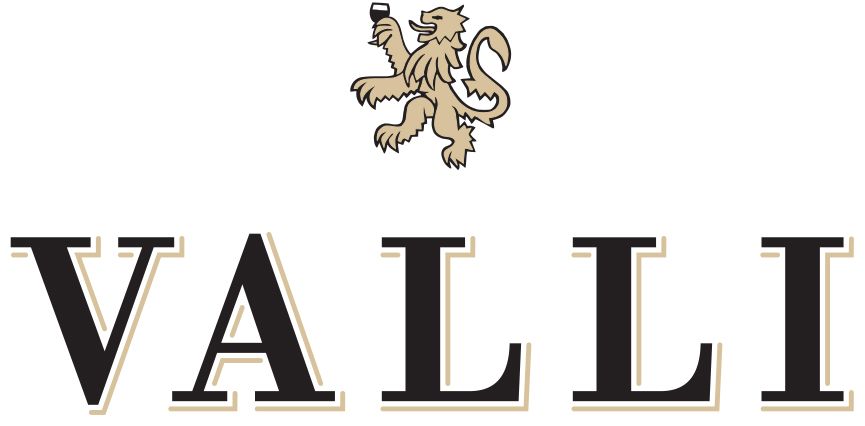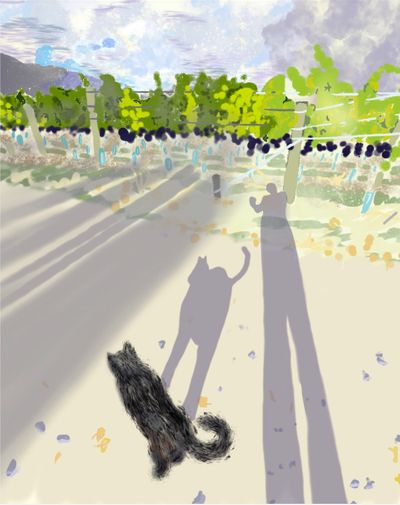February
Purple.
The colour of royalty, authority and prosperity.
It is also the visual representation of spirituality and the sacred colour of many religions.
Here on the vineyard, purple is the sacred colour of our winemaking religion. Nature’s Deities have blessed us with a warm dry season and have sprinkled love and appreciation in the form of mauve, maroon and indigo amongst the vines seemingly overnight. As these dark bunches hang from strong canopies, we see the wink telling us that it is time to bottle the wine, dust off the tanks, and sharpen the snips.
Logistically, we have some tricky times afoot. For some tractor jobs in the vineyard we rely on the skill and equipment of local contractors. With all the tumultuous changes of last year’s Tiger year, many drivers have retired or opted out of the industry to less demanding careers…. which leaves contractors in a sticky situation. We are in the queue for netting. While this is singularly the most costly job of the entire year, it would be even more costly if it were not done. Early in the Otago grape growing days it was decided in order to avert more than the angel’s share going to itinerant flocks of blackbirds, everyone would net their crop. Now instead of spreading the risky load of birds feasting a little amongst many hectares of grapes, they attend the All You Can Eat buffet of the vineyard that doesn’t net. Further, if the district did not net at all, the population of blackbirds would reach Hitchcockian proportions!
We are now walking the line as we see surrounding vineyards don their protective webs. Everyday a few more birds are seen fleeing the feast.
Rabbits that were in the womb only a few weeks ago are now waging war on the landscape. Locusts….bah! They have nothing on the Central Otago Oryctolagus cuniculus. These destructive attacks are now arriving by both land by air. We could be quite linear in naming these creatures pests, but on reflection that is terribly egocentric. How can we live and farm and survive on a land alongside other creatures, encouraging true bio-diversity, giving space and a leg up to the species that need it as well as improving the land leaving it better than we personally found it? Big question, Big work.
I reflect on the big picture of us as a people and our direction, and feel discouraged. Scaling down the view and looking at my efforts and impact feel more realistically attainable in creating positive change. Actually doing the little things gives me hope – not checking boxes on a form and reporting ‘progress’ to a large institution who reports back if we make the grade or not. One small step at a time.
As for now in the vineyard, all I can do is reframe the situation to a view more comfortable:
“We offer a portion of our bountiful food source to other creatures who deserve to live and thrive in this eco system”.
In how many other ways can we apply this practice, this philosophy of tithing, making room. How far can this take us? How rich will our lives be, and those of our neighbors, and that of our land and its inhabitants?
Watching the joy of the flight of the birds, young quail and round wax-eyes included, I hold my breath. Thursday. They come Thursday.
And there are other things to feast on in the autumn. It will all be OK.

